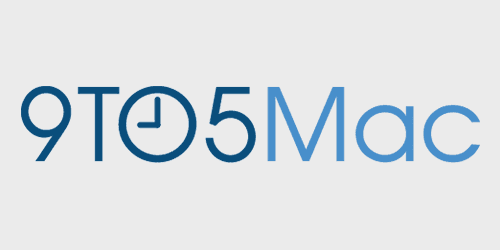 Verizon CFO Fran Shammo spoke at the Duetsche Bank Annual Media, Internet & Telecom conference this morning, where he was asked a few questions related to the iPhone. Verizon reported its fourth quarter 2012 earnings last month with 9.8 million smartphone activations—a record 6.2 million of which were iPhone. We knew about half, or 3.1 million, of those iPhone sales were driven by the first full quarter with the iPhone 5, but today Shammo talked about just how important getting the free iPhone 4 was during the quarter:
Verizon CFO Fran Shammo spoke at the Duetsche Bank Annual Media, Internet & Telecom conference this morning, where he was asked a few questions related to the iPhone. Verizon reported its fourth quarter 2012 earnings last month with 9.8 million smartphone activations—a record 6.2 million of which were iPhone. We knew about half, or 3.1 million, of those iPhone sales were driven by the first full quarter with the iPhone 5, but today Shammo talked about just how important getting the free iPhone 4 was during the quarter:
But this past fourth quarter you had a couple — you had really one thing happen that never happened before, especially with Verizon Wireless, and that was for the first time ever, because of the iPhone 5 launch, we had the 4 at free. So it was the first time ever you could get a free iPhone on the
Verizon Wireless network. So that produced a lot of volume for us. We had a lot of new customers come into Verizon who took that free phone, and that was great for us because again if you think about — we sold a lot of LTE product in the fourth quarter. We sold a lot of 3G product from the iPhone products in the fourth quarter.
But that is key for us, because if you think about our two networks it is important for me as I migrate people into the 4G network I still have this very large 3G network that operates very efficiently. We are not investing any more capital in that network other than to keep it up and running, so no more coverage capital, no more capacity capital. If I can keep that network up and running that just generates more contribution margins for us. So it is critical for us to balance that. But, again, I think you had one point in time where you had a free phone, a free Apple phone that never happened before with us and that generated a lot of volume.
While noting that 53 percent of the carrier’s smartphone activations were iPhones in 2012, Shammo was asked about the opportunity to incentivize employees to sell non-Apple devices that would also come with lower subsidies for Verizon:
The answer is, no, we don’t and it is critical that we don’t do that. The reason for that is because what is more important for us is when a customer walks into a store that customer walks out with a phone that they will be happy with and not return under our 30-day guarantee. Because the worst thing that can happen for us is for me to incentivise a salesperson to get you into a phone that you walk out the door with thinking you are going to like and in three days you come back because you don’t like it. Therefore, now I’ve just subsidized two smartphones because that phone you used I can’t resell as a new phone.
You can read more from Shammo’s presentation and where he discusses the growth of Share Everything plans, tablets, and more here.

